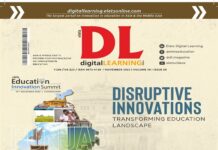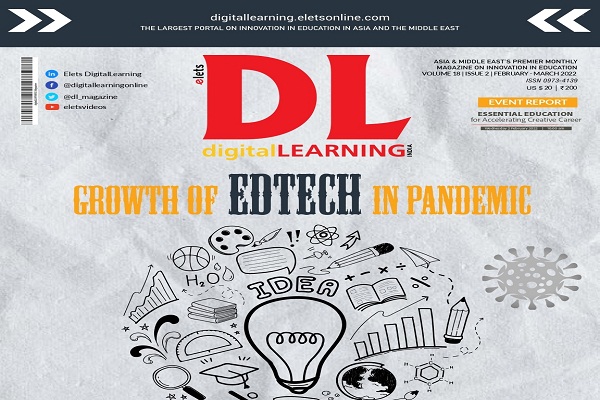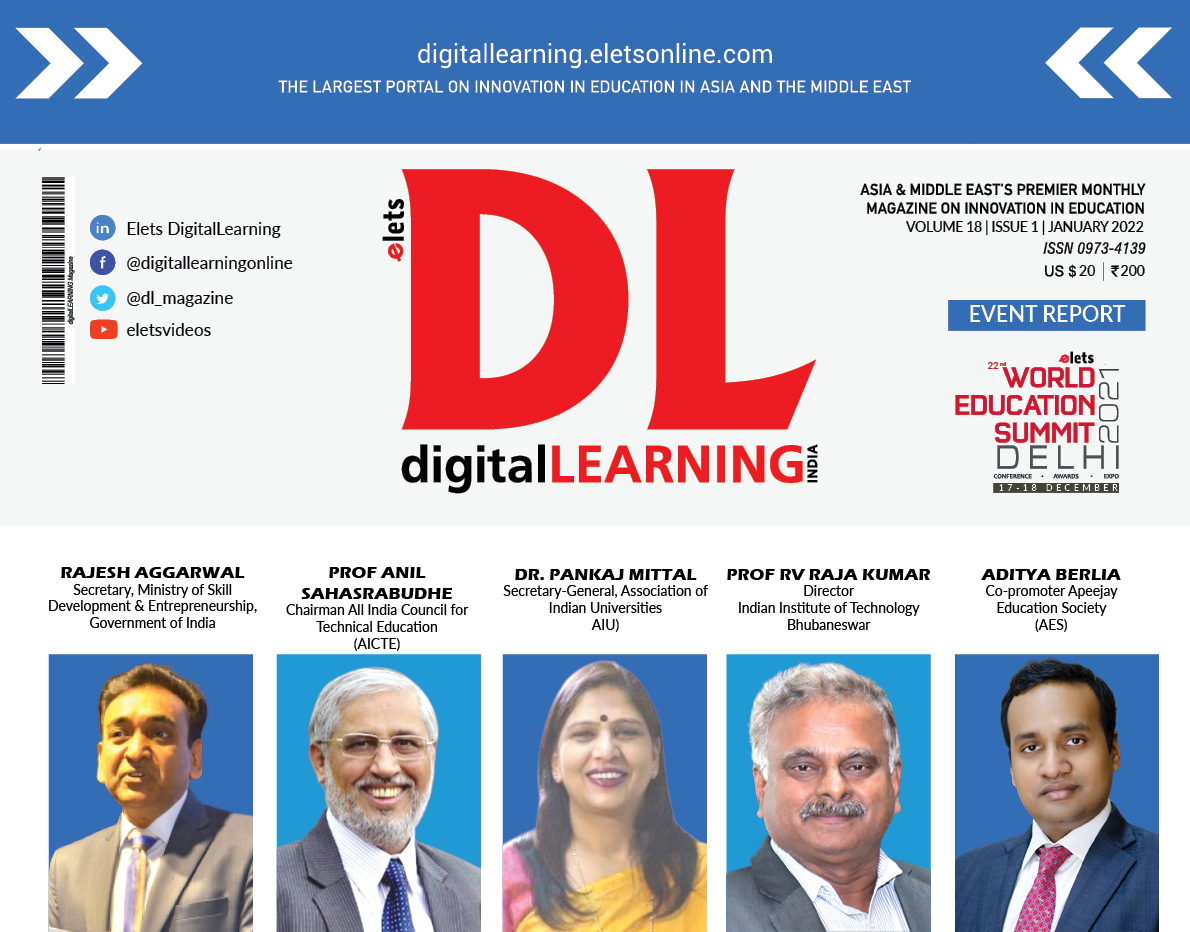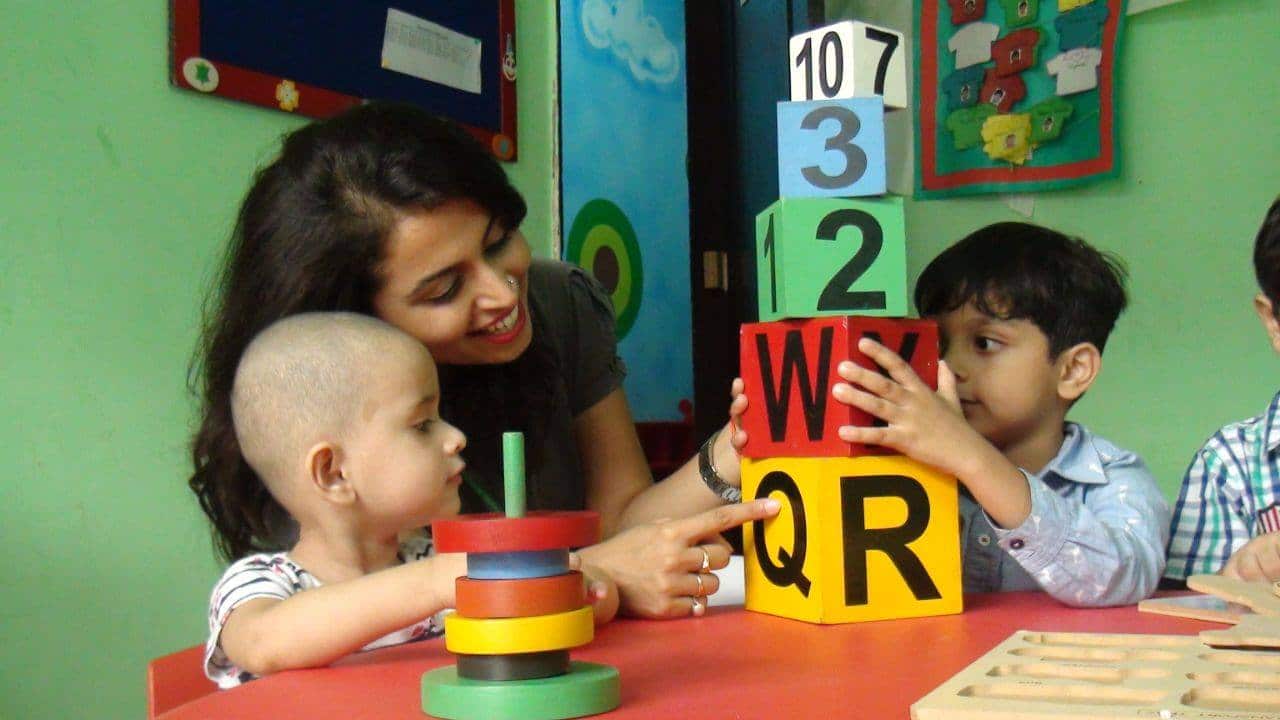
I have been in the school textbook publishing industry for close to two decades now. If I have asked to assess the way content development has changed over last 20 years, it would be an indicator that how education has evolved with respect to the needs of the latest generation. This “evolution” has been more evident in the past five to seven years.
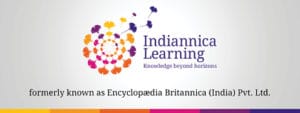 Today, our children are exposed to much more information than before and that too with fairly easy access around their physical space through television, mobile phones, and the Internet. So much information is being meted out through advertisements—something children consume both actively and passively.
Today, our children are exposed to much more information than before and that too with fairly easy access around their physical space through television, mobile phones, and the Internet. So much information is being meted out through advertisements—something children consume both actively and passively.
There is definitely a positive side to this: children are more tech-savvy, they are aware of environmental threats, and they are constantly learning new things. They are sharper and seem to know what they want.
Unfortunately, at the same time, they are also witnessing irresponsible behaviour of adults around them like, the increasing violence and aggression, the apathy towards the environment, the intolerance to conflicting viewpoints.
As a result, the demands of childhood and growing up have changed, children seem to grow up faster—the innocence of childhood is being lost. It is fast giving way to the most undesirable fallacies and biases, inflated and fragile egos, impractical ambitions and cravings for film star-like lifestyles, often pushing them towards psychological disorders and even criminality.
We, as adults and the people responsible for raising a generation, have to be aware of and sensitive towards these developments. As a content creator and more so as a school textbook publisher, I am responsible for what a student is reading and assimilating.
To a child, every single letter in a book and every single sound a teacher utters in classroom are gospel truths. And this puts a lot of onus on teachers and publishers—what kind of education are we imparting to the child? Is covering the syllabus enough? Are we sensitising them enough to be tolerant towards other human beings, towards the environment and other living creatures?
And this brings me to the next point of the role of a child as a student. Just as we fulfil our professional roles as teachers, managers, administrators, editors, etc, we need to recognise that the child is also fulfilling the professional role of being a student.
We choose a professional role on the basis of educational background, or pre-existing knowledge; the same is true for a child about to start schooling— the child is not a blank slate and we, the adults, should recognise and respect that.
Every child has knowledge, experience, and abilities, which we have to leverage to make their learning experience better. And I would like to explore this through two parameters: content and presentation.
We call this the knowledge economy. But are we really equipping the child with the skills to process the available knowledge and leverage it correctly? We want students to be critical thinkers — one of the most-talked about 21st century skills. And for students to be critical thinkers, we must give them choices; they should be able to make choices and be responsible for those choices.
We must help them, not by guiding their choice but in building their decision-making skills—by pointing out the pros and cons of a choice, by teaching them how to assess or evaluate a decision, by teaching them how to reflect on those choices (which will eventually lead to self-assessment). This will help them to think independently and critically and not necessarily be influenced by peers or seniors.
This will also be a long way in building their analytical skills and ability to synthesise information, making them tolerant and accepting towards varied perspectives and views without being aggressively critical.
And this brings us to think about the content we provide to students. As authors and editors, we have to be on top of this game—constantly anticipating how each lesson/activity/piece of information will be processed. As editors and teachers, we must be constantly on our toes—thinking about the knowledge we are imparting to students and the methods used for it.
As a publisher, I try to ensure that my content not only provides knowledge but also values. I believe values are not to be thrust down the throats of learners as morals—“this is right”, “that is wrong”— because as they grow up, they will realise morals and values can be subjective too. Instead, I try to provide choices to the learner for their assessment and decision-making.
This brings us to the issue of presentation of the content. Presentation—both verbal and visual— plays a strong role as an influencer in terms of consumption of content.
In today’s digital world, where we are dealing with digital natives, this becomes the key factor. We must strike a balance between social learning and individual learning. Designing content that caters to individualised learning is the mantra these days. Just as we see adult professionals as being individually different, we need to recognise students as individual learners.
We often claim to provide individualised learning to students—whether as publishers, digital content providers, or as teachers, but are we really doing that?
We have certainly made a start, but we have a long way to go to personalise learning for students in the true sense. Unlike the Gurukuls of the ancient past, when learning was usually the privilege of the elite, today we are looking at education of the elite and the masses both. We need to think about how we individualise such inclusive teaching-learning processes.
We have started looking at different ways of delivering content and digital resources and access to the same have started making a difference, albeit a small one. We must look for effective ways and means that personalise learning for students, and to achieve that we need to start providing more choice to students about what, when, and how—the last one being the most crucial.
Today, we have been able to individualise teachinglearning for the student at the terminal/user level— that is, one student, one machine; we are letting our students to access content 24×7, at their convenience. They can view the content as many times as they want. But that does not necessarily mean that the learning material has been personalised. A content provider may say that they are explaining a concept to the learner three different times, but that does not necessarily entail three different ways.
Are we really presenting the same content in a variety of different styles or design to suit an individual learning style?
It is important to mention that no learner will have one fixed learning style for all concepts—so it becomes important for content providers and facilitators to explore how many choices can be provided to the learner for truly effective learning and assimilation.
We really have to start looking at the Hows–the different ways of presenting the content. For example, can difficult concepts in grammar be presented visually or through kinaesthetic experiences? Can we give students the choice of accessing printed materials and audio-visual resources for a course that is suitably graded and mapped to a standard curriculum?
In conclusion, I would like to reinforce that the school is the work setting for administrators, teachers, and students. And it is in this setting that we should start seeing all stakeholders with the responsibilities they carry.
- The responsibility of student as a professional— making choices and being responsible for those
- The responsibilities of the administrators vis-àvis the students and teaching staff in a school
- The responsibilities of the teachers as facilitators of learning
- And as an extension of the same setting, the responsibility of textbook publishers and content providers—what content we are providing and how. (The writer Sumit Gupta is Managing Director of Indiannica Learning Pvt Ltd. Views expressed are a personal opinion.)








